Leap Motion
Designing new interaction concepts to make a more human virtual reality.> Mirrorworlds
> Project North Star
> Virtual Material
Mirrorworlds move us away from human-computer interfaces and towards human-environment interfaces, with technology as a mediating filter on our perception.
Using your hands to interact with virtual objects changes the way you understand them, merging them with a lifetime of physical experience. What if the rest of the virtual world could use the physical world around you too?
Mirrorworlds are alternative dimensions of reality, layered over the physical world. Rather than completely removing you from your environment, they transform your surroundings into refracted versions of themselves. Like the Upside Down in Stranger Things, these realities are linked to our own, and have strange new properties. They may be limited in some ways, but are superpowered in others.
More Mirrorworlds >Leap Motion Blog >Wired >Next Reality >VR Scout
Using your hands to interact with virtual objects changes the way you understand them, merging them with a lifetime of physical experience. What if the rest of the virtual world could use the physical world around you too?
Mirrorworlds are alternative dimensions of reality, layered over the physical world. Rather than completely removing you from your environment, they transform your surroundings into refracted versions of themselves. Like the Upside Down in Stranger Things, these realities are linked to our own, and have strange new properties. They may be limited in some ways, but are superpowered in others.
More Mirrorworlds >Leap Motion Blog >Wired >Next Reality >VR Scout

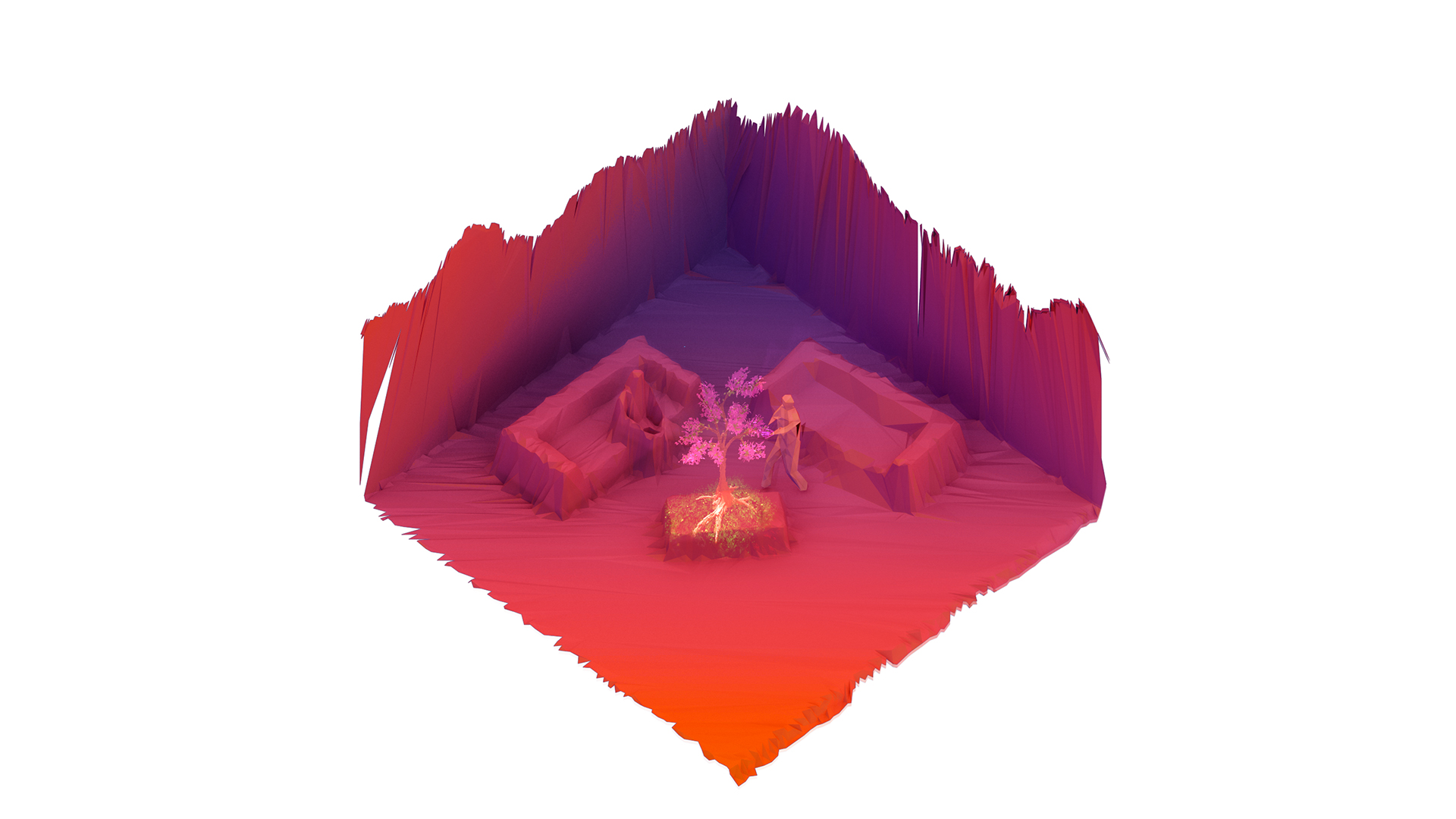


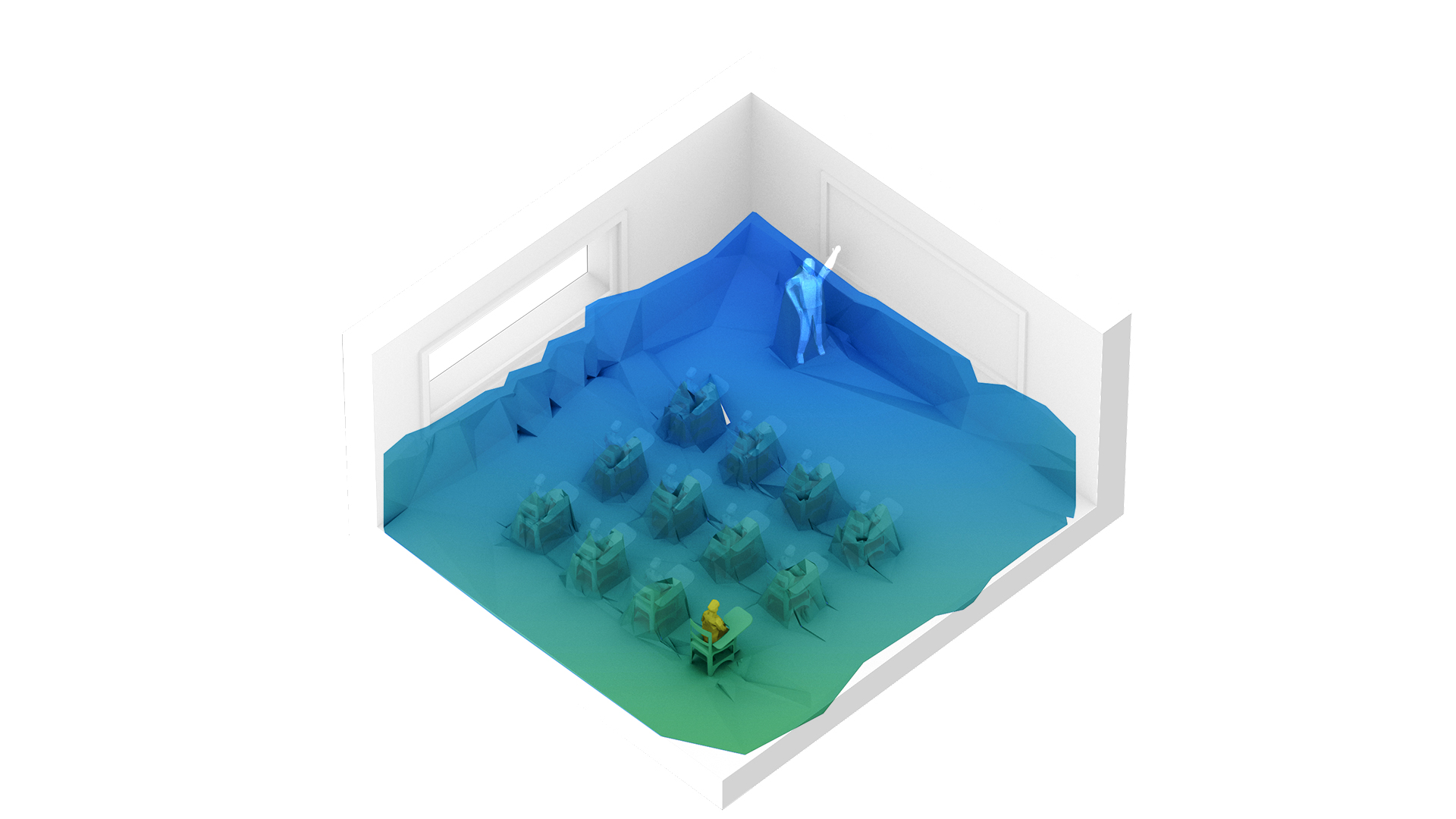

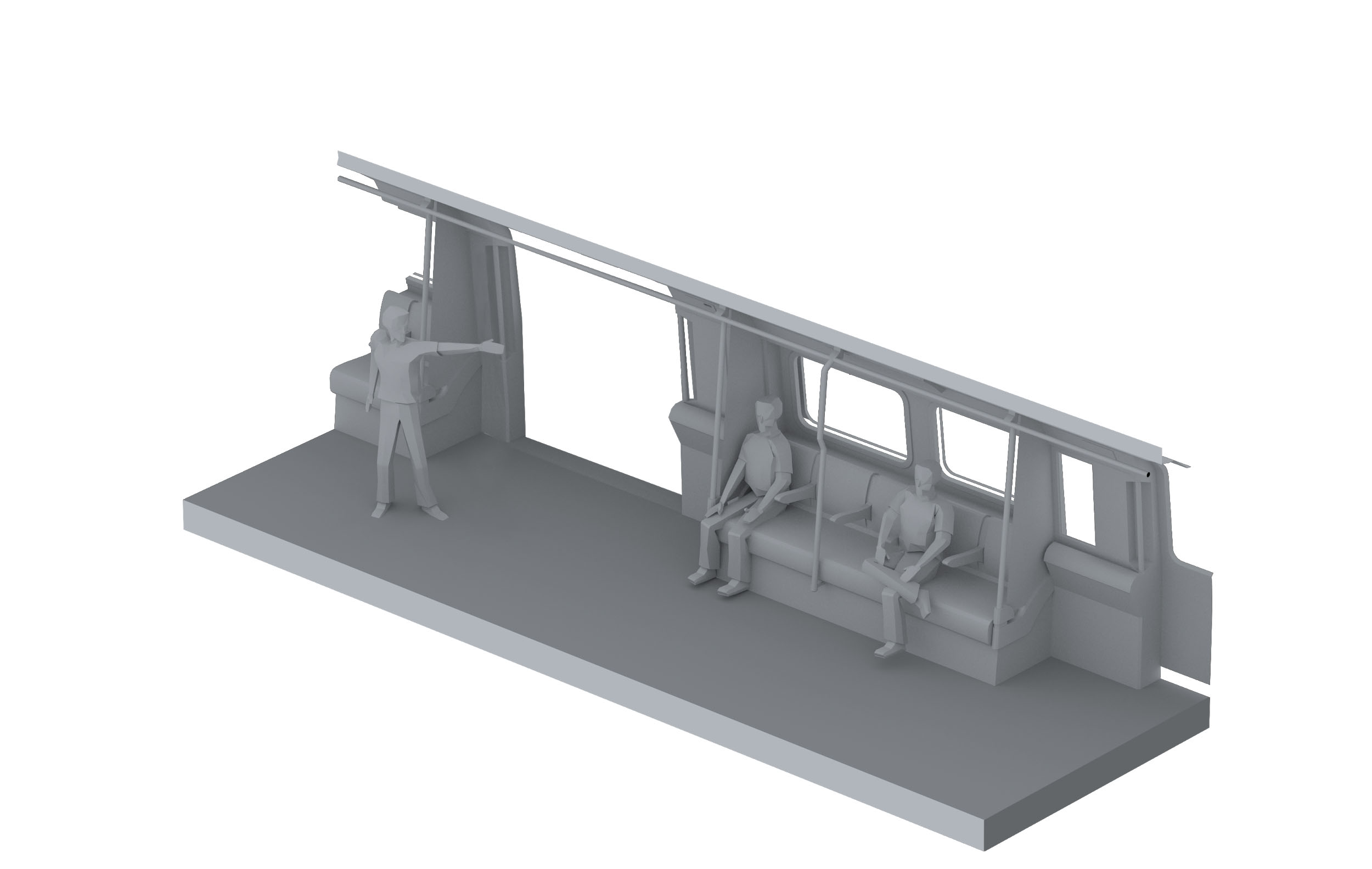
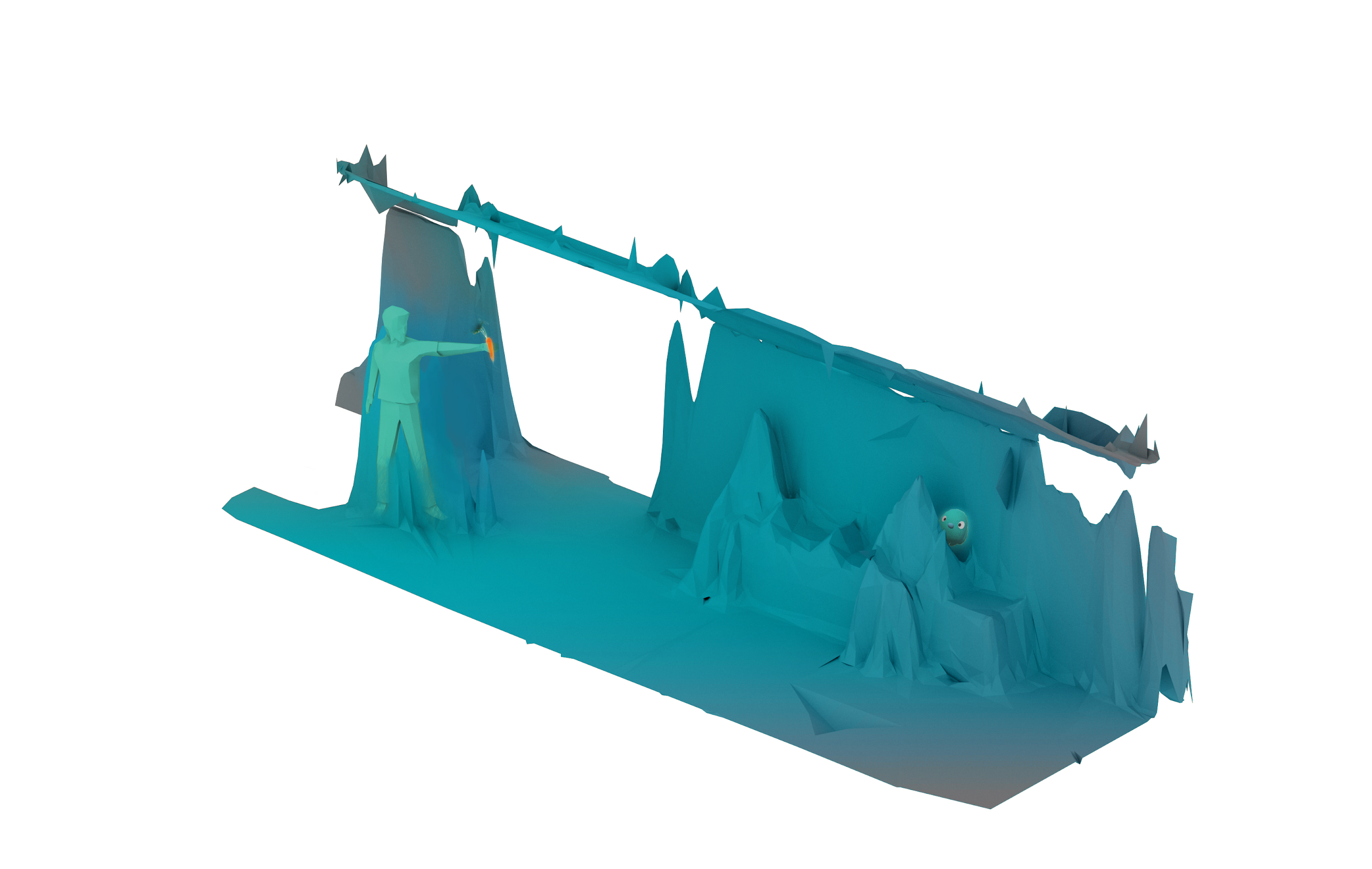
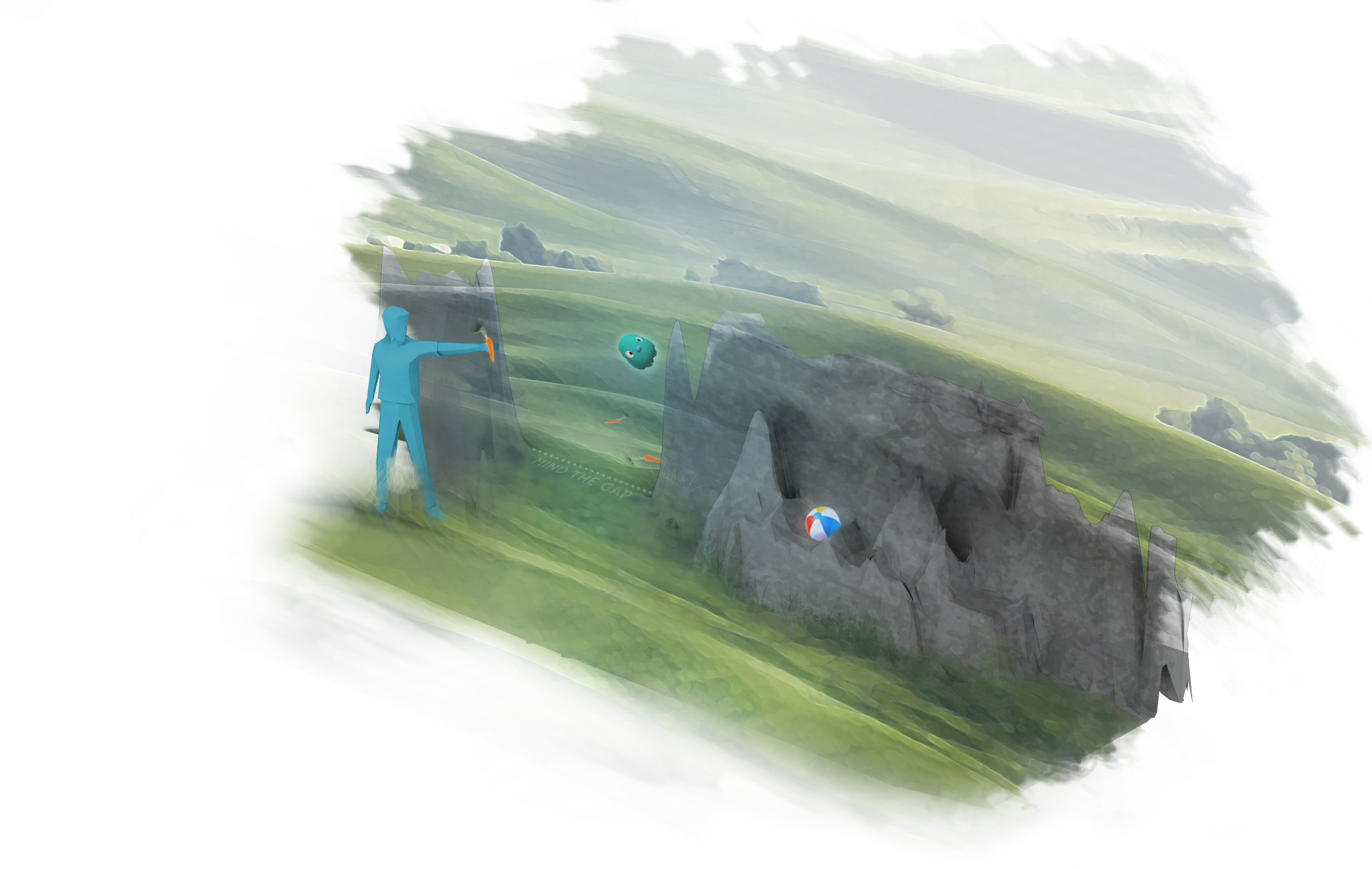
Project North Star shows how natural hand input in augmented reality can make digital objects real.
This hardware prototype delivered an experience of a high resolution, wide fov, and low latency augmented reality future. Combined with Leap’s hand tracking and interaction engine, it clarified the essential role of bare hand input in AR, and gave a glimpse of the delightful and empowering experiences that can be created.
More Project North Star >Leap Motion Blog >Road To VR >The Verge >Hackaday
This hardware prototype delivered an experience of a high resolution, wide fov, and low latency augmented reality future. Combined with Leap’s hand tracking and interaction engine, it clarified the essential role of bare hand input in AR, and gave a glimpse of the delightful and empowering experiences that can be created.
More Project North Star >Leap Motion Blog >Road To VR >The Verge >Hackaday

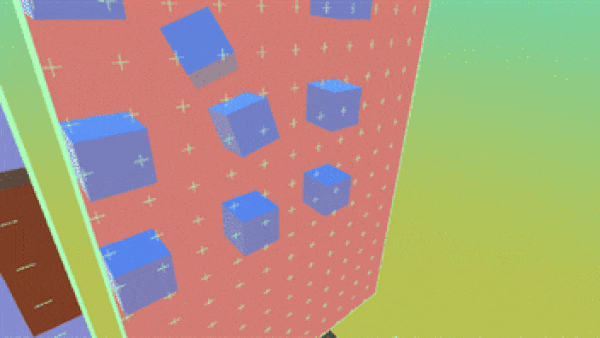
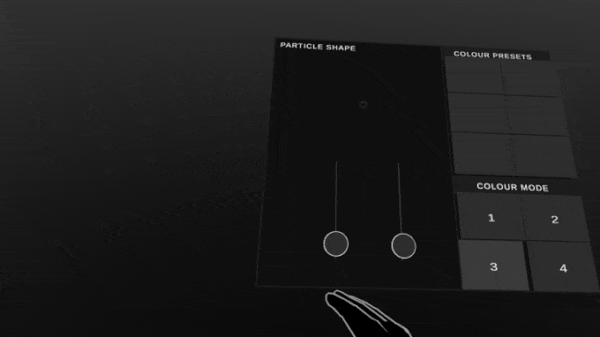
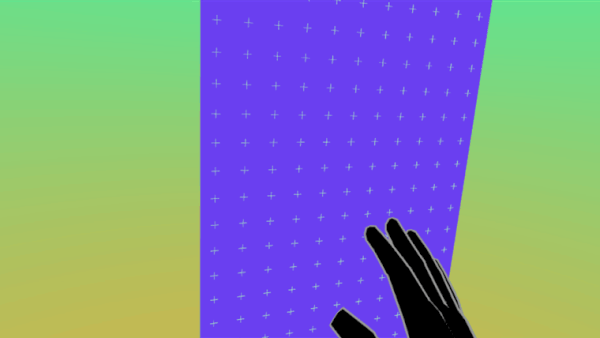
Virtual Materials connect interactive behaviours with visual properties to build new intuition for both users and developers.
By consistently applying these kinds of properties everyone learns how our new worlds behave. In the same way you know that metal is hard and liquid is wet, you’ll know that Element X is scalable, Element Y is only visible to you, and Element Z responds to touch. These materials form part of the grammar of future virtual and augmented world interactions.
More Virtual Materials >Ultraleap Blog >Twitter
By consistently applying these kinds of properties everyone learns how our new worlds behave. In the same way you know that metal is hard and liquid is wet, you’ll know that Element X is scalable, Element Y is only visible to you, and Element Z responds to touch. These materials form part of the grammar of future virtual and augmented world interactions.
More Virtual Materials >Ultraleap Blog >Twitter